Thank You
Thank you to the following organizations for their continued support of our research and this Data Dashboard, which is part of Project STIR (Sparking Transformation using Information & Research).
STEM Occupations
Data for three STEM occupation categories were analyzed. In 2022, employment in architecture and engineering occupations decreased slightly in Lackawanna and Luzerne Counties but rose slightly in Wayne County. This occupation category employs just over 3,000 workers across the three counties.
Life, physical, and social science employment has been generally stable in the region since 2013. Both Lackawanna and Luzerne Counties saw employment growth from 2019 to 2022 despite a dip in 2021. Wayne County has been stable at just under 100 jobs in these occupations. This category includes 1,597 workers in the three counties.
Computer and mathematical occupations have varied from year to year. Lackawanna County added 33 jobs in 2022, the fourth consecutive year-over-year increase. Wayne County also increased, to 285 jobs. Luzerne County saw a small decline, though the 3,366 jobs in these occupations was a higher total than any year prior to 2020.
Wages in all three of these STEM occupation groups were higher than wages in the region as a whole. In the three counties, architecture and engineering jobs have a median wage of nearly $79,000 per year, and science occupations have median wage of $65,400 per year. Computer and mathematical occupations have a median wage of $78,200 per year. The regional median wage for all jobs is $40,800 per year. The wage gap between STEM and non-STEM workers is apparent across different experience levels for workers.
Architecture & Engineering Occupations
Source: JobsEQ (Chmura Economics)
Life, Physical, and Social Science Occupations
Source: JobsEQ (Chmura Economics)
Computer and Mathematical Occupations
Source: JobsEQ (Chmura Economics)
STEM-Based Industries
This table shows the industries with the largest numbers of employees in the three STEM occupation categories discussed previously. About 56 percent of the region’s STEM jobs fall into one of the 15 industries listed here.
Architectural, engineering, and related services had the highest number of STEM jobs as well as the highest percentage of its workforce (59 percent) in STEM occupations. In the computer systems design and related services industry, 839 workers are in STEM occupations – 58 percent of its total workforce. Computing infrastructure, data processing, hosting, and related services constitute the third largest STEM-employing industry in the region (572 STEM jobs; 41 percent of the industry workforce). Management of companies, insurance carriers, colleges and universities, and various other industries also host large numbers of STEM workers. Several heavy industries, such as electricity generation, transmission, and distribution; medical equipment manufacturing; and plastics manufacturing are also represented.
Lackawanna, Luzerne, and Wayne County Employment in STEM-Focused Industries: 2022
Source: Chmura Economics
| Industry | STEM Job Employment | Total Employment | Percent STEM Employment |
|---|---|---|---|
| Architectural, Engineering, and Related Services | 991 | 1,674 | 59% |
| Computer Systems Design and Related Services | 839 | 1,439 | 58% |
| Computing Infrastructure Providers, Data Processing, Web Hosting, and Related Services | 572 | 1,379 | 41% |
| Employment Services | 464 | 6,210 | 7% |
| Management of Companies and Enterprises | 417 | 2,646 | 16% |
| Electric Power Generation, Transmission and Distribution | 353 | 1,335 | 26% |
| Colleges, Universities, and Professional Schools | 331 | 5,232 | 6% |
| Insurance Carriers | 329 | 2,521 | 13% |
| Executive, Legislative, and Other General Government Support | 264 | 6,105 | 4% |
| Depository Credit Intermediation | 226 | 3,190 | 7% |
| Justice, Public Order, and Safety Activities | 222 | 2,837 | 8% |
| Other Professional, Scientific, and Technical Services | 214 | 1,217 | 18% |
| Plastics Product Manufacturing | 198 | 3,829 | 5% |
| Medical Equipment and Supplies Manufacturing | 195 | 1,614 | 12% |
| Warehousing and Storage | 181 | 18,493 | 1% |
SBIR/STTR Awards
The Small Business Innovation Research (SBIR) program awards grants to small businesses throughout the nation in order to promote federal innovation research and development. In 2021, firms in Pennsylvania received over $150 million in SBIR awards. This represents a slight increase from the prior year’s revised total and became the highest total of all years analyzed. The total number of awards fell, however, as the number of phase one and phase two awards both declined.
The Small Business Technology Transfer program (STTR) is similar to the SBIR program, with special emphasis on joint venture opportunities between small businesses and nonprofit research institutions. Pennsylvania’s 2021 award total exceeded $22 million; this total is slightly lower than the prior year but still far higher than any year before 2020. The total number of STTR grants fell by one from 46 to 45, though phase one awards increased from 30 to 32.
Pennsylvania SBIR Award Amounts
Prior year data has been revised
Source: U.S. Small Business Administration
Pennsylvania SBIR Awards
Prior year data has been revised
Source: U.S. Small Business Administration
Pennsylvania STTR Award Amounts
Prior year data has been revised
Source: U.S. Small Business Administration
Pennsylvania STTR Awards
Prior year data has been revised
Source: U.S. Small Business Administration
National Science Foundation (NSF)
In the three-county region, the total amount of National Science Foundation grants has averaged over $834,000 per year. There has been a significant increase in these funds since 2020, with 2021 and 2022 representing the highest years on record after respective year-over-year increases of 67 percent and 75 percent. Still, the regional total has consistently accounted for less than one percent of statewide NSF grant funds.
National Science Foundation Grants
Source: USAspending.gov, National Science Foundation
Clinical Trials
The number of active clinical trials shown here is a point-in-time snapshot of trials in the recruiting phase, excluding online trials available to county residents which may be located anywhere in the country.
The number of ongoing trials in the region relate to critical areas of health research, including cancer, chronic disease, and mental health. Clinical trials counted in this manner numbered 141 between the two counties, including an increase from the prior year’s count in both Lackawanna and Luzerne Counties.
Active Clinical Trial Sites
Source: Centerwatch
| 2020 | 2021 | 2022 | 2023 | |
|---|---|---|---|---|
| Lackawanna | 149 | 119 | 93 | 107 |
| Wayne | - | - | - | 0 |
| Luzerne | 58 | 51 | 42 | 34 |
Multi-Stage Venture Capital Investments
It is difficult to capture venture capital investment data from a single source, and this problem is compounded by the lack of non-proprietary data available. Due to these challenges, venture capital measured here likely underestimates actual investments. This list includes multi-stage venture capital investments and angel fund investments made by public and private sources over the past ten years, and which have been made public or provided to The Institute.
In 2020, over $2 million was invested directly by organizations reporting data to The Institute – including Ben Franklin Technology Partners of Northeastern Pennsylvania and private sources. In 2021 and 2022, more than $500,000 in investments were identified in each year. Known recipients include manufacturers, software companies, health and wellness businesses, and business accelerator/incubator programs.
Regional Venture Capital Investments Reported to The Institute
Source: Ben Franklin Technology Partners of Northeastern Pennsylvania, Private Funders. Previous figures have been revised.
| Year | Amount (Thousands) |
|---|---|
| 2011 | $540 |
| 2012 | $8,200 |
| 2013 | $600 |
| 2014 | $700 |
| 2015 | $600 |
| 2016 | $725 |
| 2017 | $700 |
| 2018 | $800 |
| 2019 | $15,200 |
| 2020 | $1,077 |
| 2021 | $530 |
| 2022 | $518 |
Academic Research
Data on academic research activity is difficult to capture due to the varied types of research programs and projects undertaken in colleges and universities. Data was gathered for 11 institutions in the region, with satellite or multiple campuses counted as a single institution. Among them, they employed six staff members in dedicated research roles, and an additional 34 graduate assistants in research roles.
Expenses spent on research activities totaled approximately $4.25 million, including more than $1 million in salary and wages for staff positions fully or partially engaged in research.
Penn State University is not included in these totals as disaggregated data for local campuses was not available through IPEDS, though the Penn State system employs over 1,100 research staff and reported over $900 million in research expenses.
Academic Research
Source: IPEDS
| 2021 | |
|---|---|
| Total Institutions | 11 |
| Total Research Staff | 6 |
| Full Time | 5 |
| Part Time | 1 |
| Research Graduate Assistants | 34 |
| Research Expenses | $4,249,462 |
| Salary/Wage Expenses | $1,000,032 |
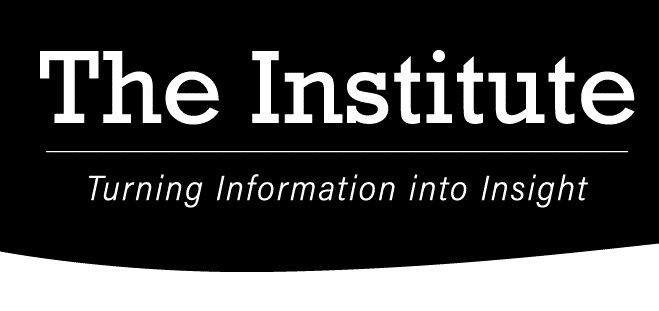
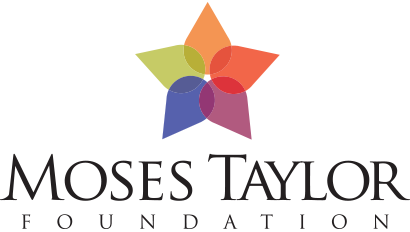



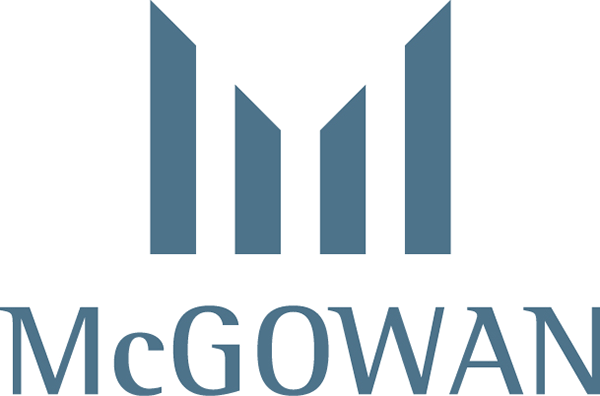
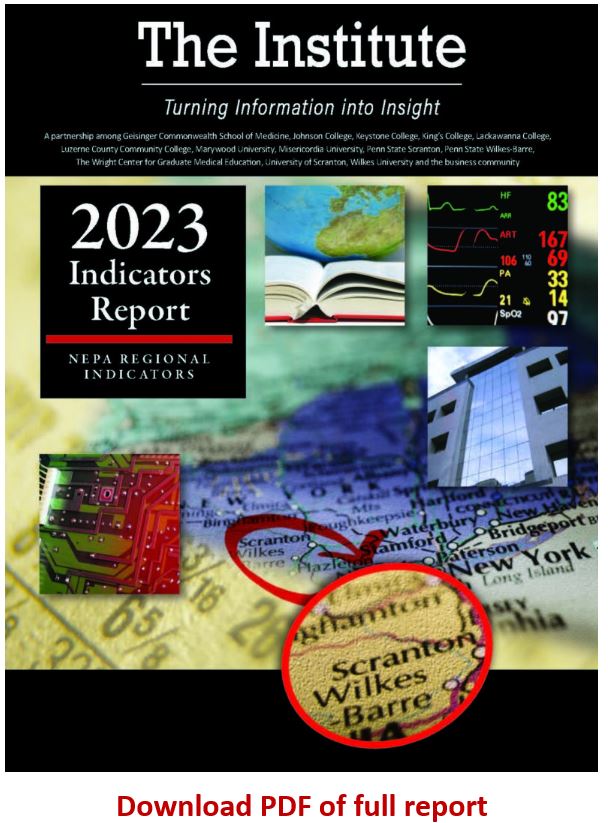

 Sarah, a former Institute intern, joined The Institute in April 2021 as a Research Assistant. She started her new role as a Research Analyst in January 2024.
Sarah, a former Institute intern, joined The Institute in April 2021 as a Research Assistant. She started her new role as a Research Analyst in January 2024. 

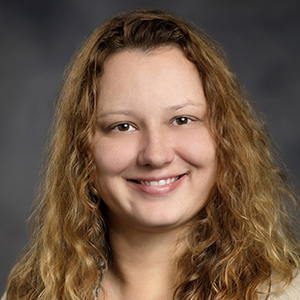 Jill Avery-Stoss joined The Institute in June 2018 to fill the newly-created role of Research, Data, Intern & Administrative Coordinator. She assists with the collection and management of data for purposes of ethical and efficient analysis. She visits partner campuses to market The Institute’s internship opportunities, and participates in event-planning logistical activities as well. In 2021, Jill was promoted to Director of Operations to reflect the diversity in her job description and the additional marketing and communication functions she successfully mastered in 2020. In 2022, Jill was named Chief Operating Officer after expanding into both research and administrative management functions. Jill is taking on project management, fundraising, and other executive leadership functions of the organization.
Jill Avery-Stoss joined The Institute in June 2018 to fill the newly-created role of Research, Data, Intern & Administrative Coordinator. She assists with the collection and management of data for purposes of ethical and efficient analysis. She visits partner campuses to market The Institute’s internship opportunities, and participates in event-planning logistical activities as well. In 2021, Jill was promoted to Director of Operations to reflect the diversity in her job description and the additional marketing and communication functions she successfully mastered in 2020. In 2022, Jill was named Chief Operating Officer after expanding into both research and administrative management functions. Jill is taking on project management, fundraising, and other executive leadership functions of the organization.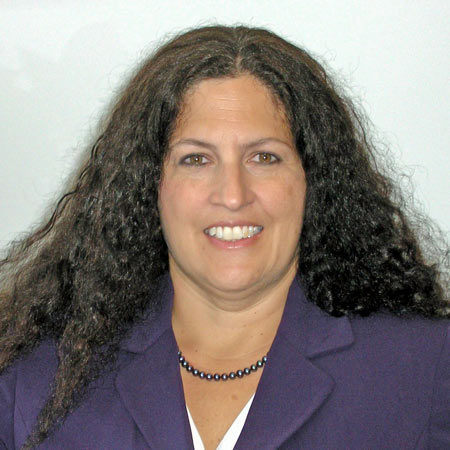 Ooms is responsible for all facets of research, organizational strategy, and management. Ooms is an active principal investigator in all Institute research. Ooms has been nationally recognized as a leader in regional economic development. She turned that skill into a research institute to help other regions develop and prosper. Her strategic skills have allowed The Institute to expand its services to the private and non-profit sectors for research and analysis in community health needs assessments, strategic planning, market and feasibility studies, and economic impact analysis.
Ooms is responsible for all facets of research, organizational strategy, and management. Ooms is an active principal investigator in all Institute research. Ooms has been nationally recognized as a leader in regional economic development. She turned that skill into a research institute to help other regions develop and prosper. Her strategic skills have allowed The Institute to expand its services to the private and non-profit sectors for research and analysis in community health needs assessments, strategic planning, market and feasibility studies, and economic impact analysis.